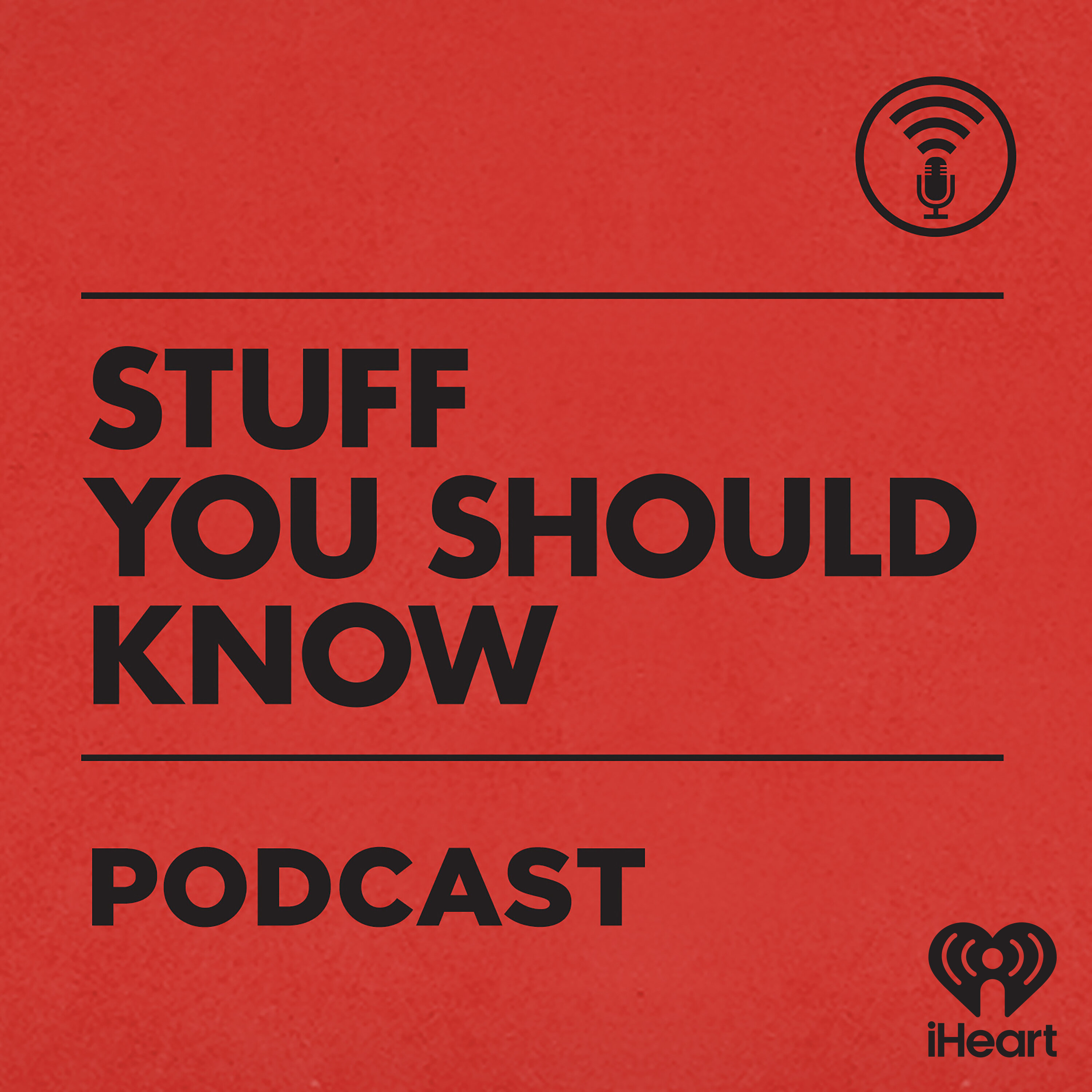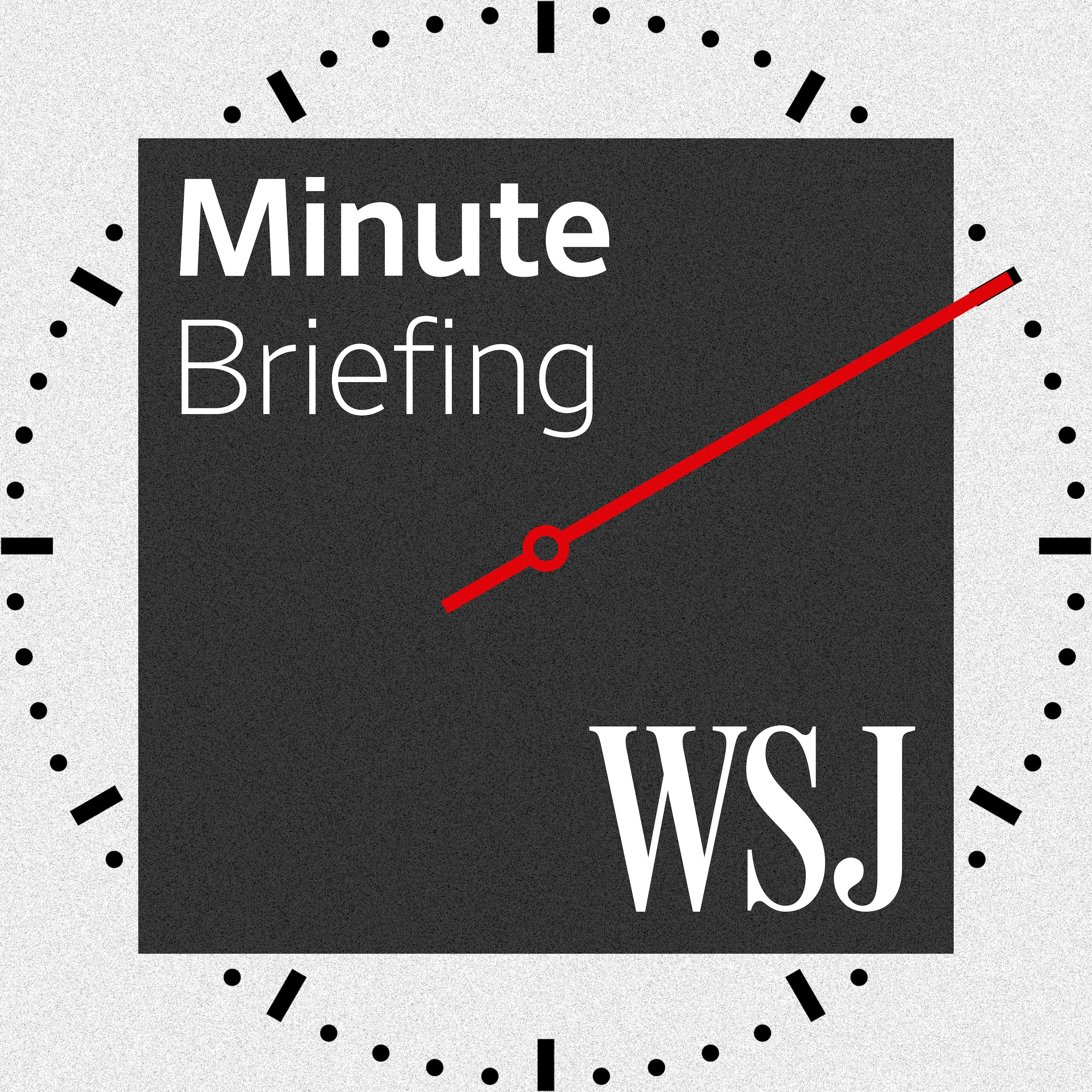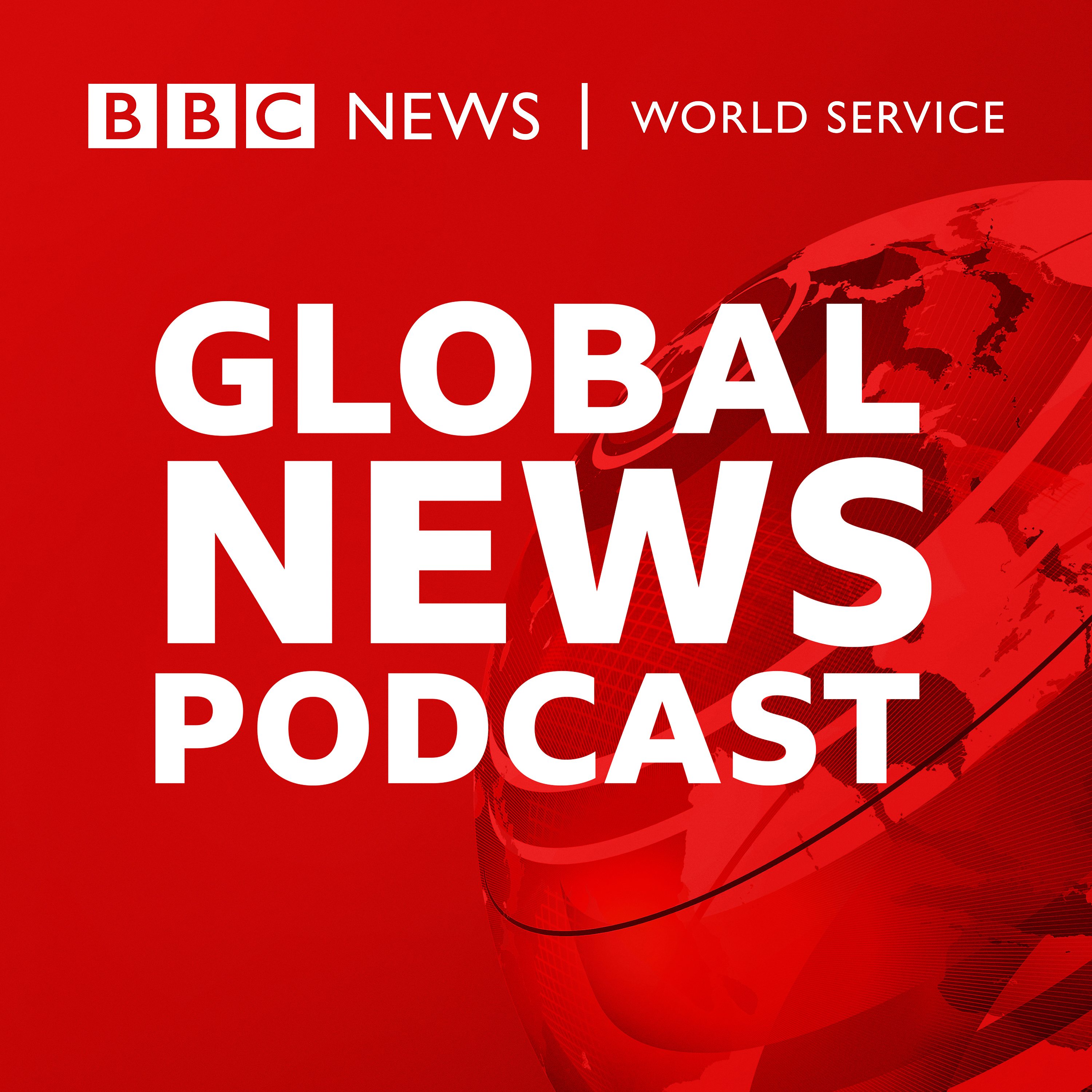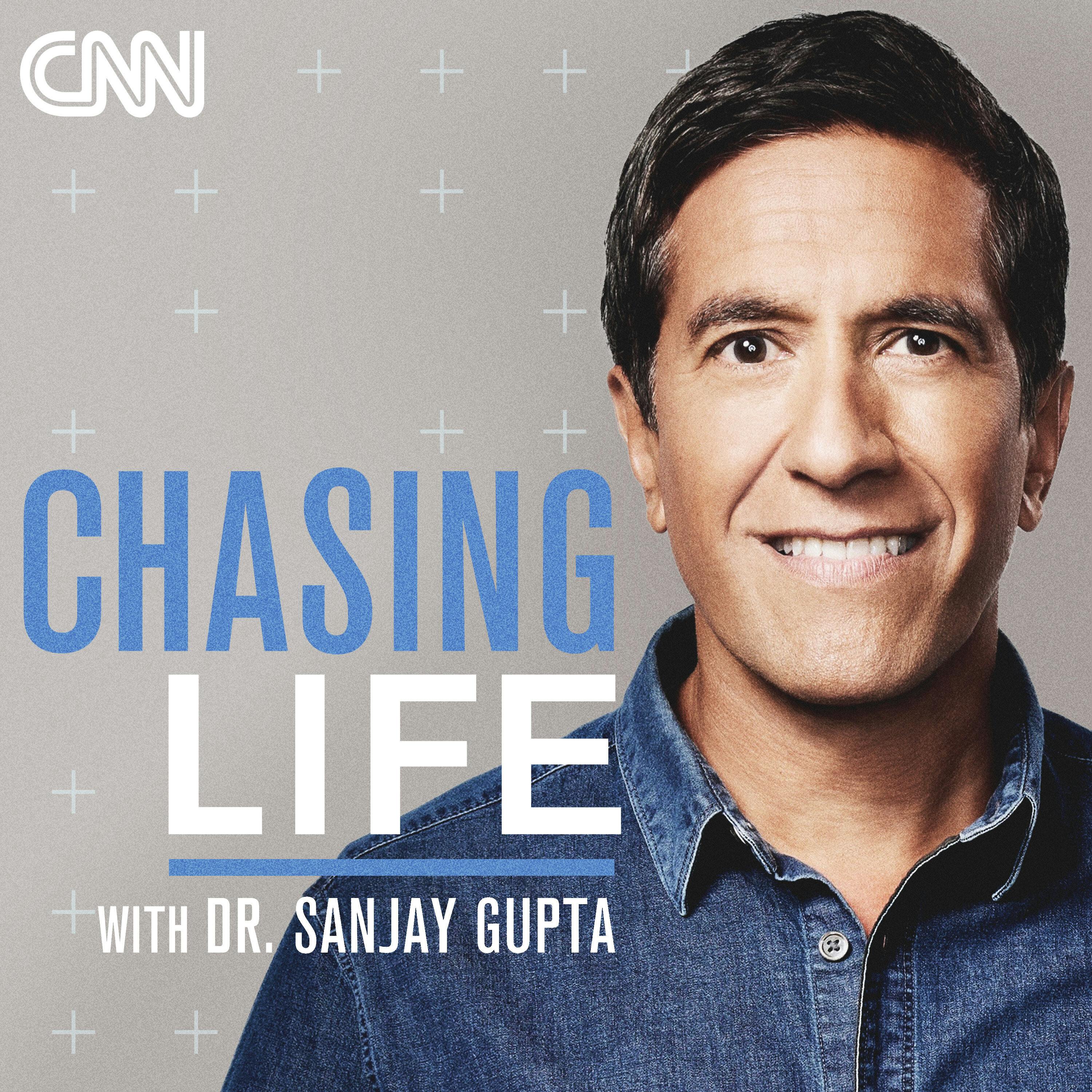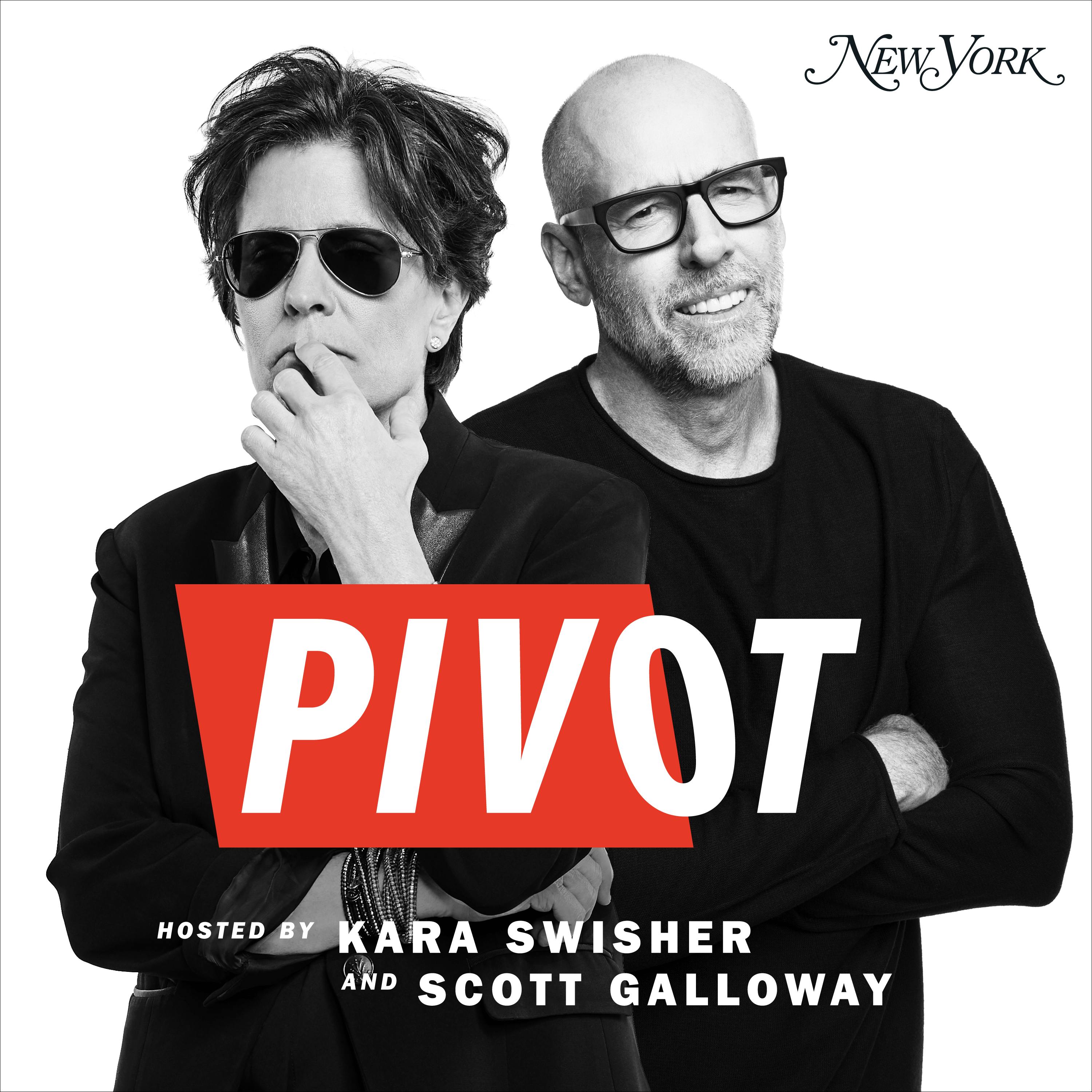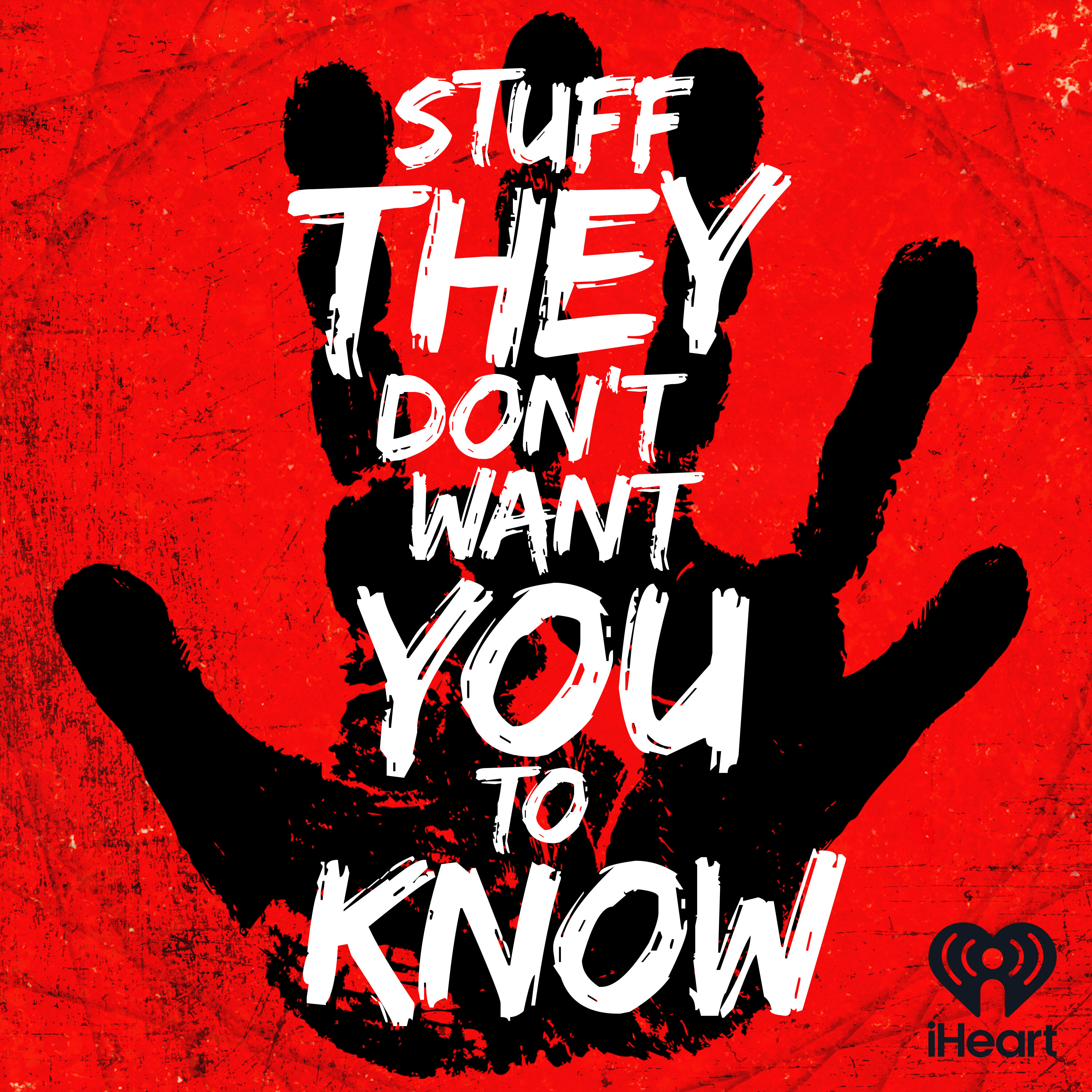
That's Life, I Swear
Every Wednesday, join Rick Barron as he unravels the intricate threads of life's most captivating stories. From heart-pounding political dramas to the awe-inspiring challenges of climate change, he explores the topics that shape our world and define our era.
But this isn't just another talk show. Rick delves deep into the human psyche, examining our beliefs, behaviors, and the obstacles we overcome. He celebrates our triumphs and embraces our imperfections, uncovering the profound lessons hidden in everyday experiences.
The episodes are a journey of self-discovery as he shares stories that mirror our collective identity. These tales aren't just entertaining – they're a reflection of who we are, who we were, and who we aspire to be. They carry the weight of our ancestral legacy, the fire of our dreams, and the depths of our pain.
With each episode, you'll confront your deepest anxieties about yourself, your place in the world, and the future that awaits us all. In understanding these complexities, you'll find inspiration, connection, and perhaps even transformation.
"That's Life, I Swear" isn't just a podcast – it's a weekly rendezvous with the extraordinary nature of ordinary life. Subscribe now, wherever you get your podcasts, and join Rick on this unforgettable exploration of the human experience. After all, that's life, I swear.
That's Life, I Swear
Pharmacy Meltdown: Fewer Stores, Bigger Hassles
Text us your thoughts on the podcast
The economic challenges facing pharmacies impact everyone. As more locations close, those that remain are overwhelmed with an increasing patient load, often with the same or fewer staff and resources.
1. Pharmacy Deserts [CNN]
2. Pharmacy benefit management [Wikipedia]
3. Rite Aid Bankruptcy Explained [Newsweek]
4. Pharmaceutical industry [Wikipedia]
5. Pharmaceutical Industry Overview [YouTube]
Buzzsprout Tags: pharmacy, drug store, medication, Amazon Pharmacy, Pillpack, prescriptions, Pharmacy Benefit Managers, Amazon,
Contact That's Life, I Swear
- Visit my website: https://www.thatslifeiswear.com
- Tweet us at @RedPhantom
- Email us at https://www.thatslifeiswear.com/contact/
- If you like to leave a review for an episode, please submit on Apple Podcast or on my website
- Do you have topics of interest you'd like to hear for future podcasts? If so, please email us at: https://www.thatslifeiswear.com/contact/
Listen to podcast audios
- Apple https://apple.co/3MAFxhb
- Spotify https://spoti.fi/3xCzww4
- My Website: https://bit.ly/39CE9MB
Other
- Music and/or Sound Effects are courtesy of Pixabay
Thank you for following the That's Life I Swear podcast!!
⏱️ 12 min read
Long lines, frustrated customers, and overworked staff—sound familiar? As pharmacies close their doors, the ones left standing are drowning in patients, with fewer resources to serve them. In today’s world, these are the harsh realities behind the pharmacy counter and how economic pressures are making your prescription pick-up more miserable than ever.”
Welcome to That's Life, I Swear. This podcast is about life's happenings in this world that conjure up such words as intriguing, frightening, life-changing, inspiring, and more. I'm Rick Barron your host.
That said, here's the rest of this story link:
Lately, picking up a prescription at the pharmacy might feel like a test of patience. Both chain and independent pharmacies are struggling with severe staff shortages, resulting in lengthy waits and chaotic service. Shelves are often bare, and the overall customer experience has taken a significant hit. A J.D. Power study found that customer satisfaction with physical pharmacies plummeted by 10 points in 2024.
Running a pharmacy has become increasingly complex. Pharmacies have tried various strategies to keep its businesses alive—using smaller bottles to cut costs, encouraging customers to use Venmo to avoid steep credit card fees, and expanding the variety of products on their shelves. But with drug prices soaring—an Adderall shortage, for instance, spiked the price from $25 to $400 while insurer reimbursements remain unchanged.
The big pharmacy chains aren’t faring much better. Many Rite Aid pharmacy stores they’re experiencing empty shelves and customers waiting in long lines, sometimes seven people deep.
On September 3, 2024, Rite Aid announced it had exited bankruptcy after shutting down around a quarter of its locations.
Over the past three years, CVS has shut down 900 stores, pointing to shifts in how consumers shop, while Walgreens is closing roughly 25% of its 8,600 locations, with CEO Tim Wentworth stating in a June of 2024 earnings call that "the current pharmacy model is unsustainable."
Additionally, these large chains have struggled with a rise in shoplifting, prompting them to lock many items behind plastic barriers. However, this security measure has only worsened the situation by frustrating and driving away more customers.
Drug stores' locking many items behind plastic doors is working in favor of Amazon. Anti-theft measures in brick-and-mortar chains are helping to drive more customers to shop online and use Amazon's pharmacy business.
Pharmacies are facing challenges partly due to shifts in consumer habits. During the pandemic, many shoppers turned to online options, and brick-and-mortar pharmacies saw a sharp decline in foot traffic. Unlike other retail sectors, which have rebounded as in-person shopping resumed, pharmacies haven’t experienced the same recovery. Even when customers come in for prescriptions, they often skip buying anything else, knowing they can find better deals online. In response, pharmacies have slashed prices, deepening their financial struggles and triggering further cuts to stay afloat.
To manage rising costs, pharmacies are reducing their workforce. A pharmacist at a Walgreens in Wisconsin, who requested not to be identified to safeguard her job, recalls that when she began 15 years ago, four pharmacists were on her team. They're often down to just two despite increased prescription and immunization demands. The mounting pressure has caused many pharmacists to leave the field, worsening turnover rates. “Patients are irritated, we’re exhausted—they're stuck in longer lines and often served by someone who’s barely had time to get trained,” she states.
A common problem at all pharmacies today is a severe lack of staff, particularly technicians, who assist pharmacists but are in short supply. When technicians don’t show up, pharmacists are left juggling multiple roles. Nobody understands the amount of pressure they’re under. They’re filling prescriptions, and meanwhile, the phone keeps ringing—‘one pharmacy call, two pharmacy calls, three pharmacy calls.
A deeper, more complex issue contributes to the struggles pharmacies face: how they’re reimbursed for dispensing medications. Since most patients use insurance, pharmacies rely on Pharmacy Benefit Managers (PBMs) to handle prescription drug coverage. These PBMs act as brokers but apply significant influence because they control how much pharmacies are paid for each prescription filled. According to pharmacists, PBMs have been steadily reducing reimbursements year after year, often forcing pharmacies to lose money on
high-demand medications like Ozempic.
PBMs have this power because the three most prominent players—CVS Caremark, Express Scripts, and Optum Rx—dominate around 80% of the industry, while the top six control about 90%. According to a recent House Committee on Oversight and Accountability report, these PBMs leverage their massive market share to engage in anticompetitive behavior and prioritize profits. The report highlights that PBMs' pricing structures are so unclear that they’ve overbilled insurance companies and taxpayers by hundreds of millions of dollars.
In July 2024, the Federal Trade Commission (FTC) staff reported on PBMs, highlighting that industry consolidation has given these companies "significant control over vast portions of the healthcare sector."
The report claims that because PBMs own specialty pharmacies, they sometimes push patients toward their mail-order services rather than local brick-and-mortar pharmacies. Additionally, many PBMs are tied to large healthcare conglomerates, which include insurance companies and pharmacy chains, raising concerns about whether they're truly motivated to secure the lowest drug prices. On September 17, Express Scripts filed a lawsuit against the FTC, arguing the report contained "false and biased accusations" about the PBM industry and ignored the value PBMs provide. Express Scripts says PBMs help reduce medication costs for customers and employers.
When asked for comment about this accusation, Express Scripts referred to the statements in its lawsuit. CVS Caremark defended its practices, claiming it safeguards businesses and patients from price inflation, and warned that restricting PBM negotiating tactics would "amount to a giveaway to pharmaceutical companies."
For small, independent pharmacies, PBMs pose a unique challenge. Larger chains have some leverage in negotiating with PBMs due to their size, but smaller pharmacies lack real bargaining power.
According to Douglas Hoey, CEO of the National Community Pharmacists Association, both independent and chain pharmacies are feeling the pressure. Pharmacies sign contracts with PBMs, but these agreements are heavily skewed in favor of the PBMs. If a pharmacy refuses the terms, they risk losing access to patients with specific insurance plans, essentially shutting them out of key business.
The decline of independent pharmacies has led to the emergence of pharmacy deserts, making it increasingly challenging for people to access their prescriptions. A 2024 study revealed that 15.8 million Americans now reside in pharmacy deserts, often in communities where many residents have only a high school education or less and lack health insurance.
The economic challenges facing pharmacies impact everyone. As more locations close, those that remain are overwhelmed with an increasing patient load, often with the same or fewer staff and resources. Unfortunately for frustrated customers, the issues of long waits and empty shelves will likely persist for the foreseeable future.
Over the horizon is another issue. Amazon Pharmacy.
Amazon is investing significantly in its pharmacy division to bring its trademark consumer-friendly approach to prescription medications. After acquiring the online pharmacy PillPack in 2018, Amazon launched Amazon Pharmacy in late 2020. John Love, president of Amazon Pharmacy, emphasized in a recent interview that the company’s home delivery model is focused on improving access and affordability.
At its inception, Amazon Pharmacy primarily targeted medications for chronic conditions, leveraging PillPack’s expertise. Since then, it has broadened its offerings, investing in physical locations and enhancing logistics capabilities.
John Love hit the nail on the head: “We see our pharmacy as being digital-first, allowing people to access it at any time. With it being accessible 24/7, especially in areas with limited pharmacy hours and time is a premium, it becomes an incredibly convenient option.” He added that Amazon leverages technology to simplify the process for customers.
Amazon’s expansion into the pharmacy space comes when traditional pharmacies face mounting challenges. Walgreens, for instance, announced plans to close more stores as it struggles with declining profits.
A prime example of Amazon’s commitment to simplicity is its RxPass program, introduced in January 2023. For a $5 monthly fee, members can have unlimited access to 60 generic medications delivered to their doorstep. Customers can also consult with a pharmacist 24/7 through the service.
John Love highlighted that Amazon Pharmacy works closely with drug manufacturers to provide coupons, though many members haven't fully utilized these savings. The team focuses on transparency by showing prices upfront, which has already seen positive results.
“We noticed that simply showing the copay for branded medications upfront improved adherence without changing the actual cost,” Love noted. “This led to greater customer engagement.”
Amazon’s foundation of convenience plays a key role in its pharmacy business, as customers expect the same seamless experience they find in its other services. Love acknowledged that prescription purchases can be stressful, with patients often unsure if they’ll pay nothing or face a substantial bill.
“The feedback we receive is that people appreciate the simplicity and clarity we offer,” Love said.
He also mentioned that patients are more inclined to be proactive about their health when they know they can get their medications at an affordable, predictable price. Although Amazon Pharmacy is still in the early stages of achieving rapid delivery—sometimes within minutes of a doctor’s appointment—these quick turnarounds have been well-received.
“Such experiences are rare in healthcare,” Love said. “That’s what excites us the most.”
What can we learn from this story? What's the takeaway?
The U.S. drugstore is caught in a perfect storm, ditched by customers and squeezed by insurance middlemen; pharmacies are in shambles. With everything going digital, like Amazon Pharmacy, the days of brink-and-mortar drug stores may be numbered.
Well, there you go, my friends; that's life, I swear
For further information regarding the material covered in this episode, I invite you to visit my website, which you can find on Apple Podcasts/iTunes for show notes and the episode transcript.
As always, I thank you for the privilege of you listening and your interest.
Be sure to subscribe here or wherever you get your podcast so you don't miss an episode.
See you soon.









